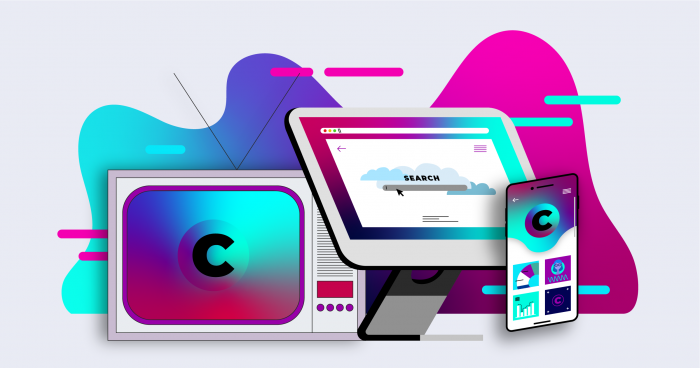The days of Mad Men-era advertising are long behind us, and the future of amplifying brand messaging continues to evolve. If you find that some brands stay top-of-mind more often than others, it’s probably because they’re deploying some savvy—even futuristic—marketing techniques that blend hyper-aware personalization with proper targeting. In some cases, that targeting happens in the very messaging apps you use to coordinate your personal and business life. These 2020 marketing trends are driving the future of marketing and enabling brands get the right message to the right audience—and fast. Get familiar with these trends, because they’re only going to get more relevant.
Transparency as Trust
For businesses from Apple to Zara, brand loyalty is a foundation for long-term sustainability. But the key to loyalty is an authentic relationship with the customer. And the key to authenticity is transparency. Whether through sharing data usage, supply chain details, or even product flaws, smart brands are getting in front of their messaging and controlling it to their advantage.
Any large company shipping goods across the globe is bound to have a significant environmental footprint. For eco-conscious outdoor retailer Patagonia, sharing details of its supply chain, including its textile mills and sewing facilities, are the highlight of the company’s Footprint Chronicles campaign. By providing full transparency for each of its products, Patagonia can get in front of its messaging and even invite the fellow eco-conscious to give feedback on how each can be improved.
AI-Powered Ads
Artificial intelligence has proven itself to usefully process massive datasets at scale, while also making timely predictions for executing actions based on predetermined variables. With AI-powered programmatic advertising, advertisers can adjust bidding strategies to serve personalized content to each user, so the right people see the right version of your ad at the right time. Ultimately, this allows advertisers to only target and pay for audiences that are applicable to their campaign goals, rather than wasting ad dollars on placements that are out of context to their core defined audience.
More recent developments in AI-powered advertisements, such as technology from Amsterdam-based Sightcorp, allows advertisers to serve specific ads using computer vision and deep learning for real-time face analysis. In other words, the technology can measure the age, sex, and mood (among other details) of a customer through retail and digital signage and serve them the appropriate creative most likely to motivate a customer to take action.
Conversational Marketing
Genuine conversations are critical to any great relationship, so why shouldn’t that apply to brands, too? From chatbots to voice assistants, interactions with customers are becoming increasingly speech-oriented. With thousands of popular brands leveraging smart home technologies as consumers continue to adopt them, it’s a trend that will only continue to surge. Additionally, some messaging platforms even let brands create their own messaging apps to further extend the customer experience onto their platforms.
Lyft brings the human experience back to ride-hailing through integrations with Amazon Echo, Facebook Messenger, and Slack. Rather than opening up an app, a customer can summon a ride via voice command or type in a destination address directly from the messaging tool they already use.
But as these brand interactions become more automated, it becomes even more valuable to make these experiences feel human.
The Connected TV Experience
The era of phoning it in with a cookie-cutter TV commercial campaign is long behind us. Media consumption has transcended the TV—more companies are reaching audiences on every device, including Smart TVs, video game consoles, and streaming devices. With modern Adtech platforms, brands can quickly launch targeted campaigns for multiple services and devices from a single dashboard. The result is a cohesive, measurable campaign capable of tracking where audiences are and how they behave—regardless of where they’re consuming content.
The Amplified AR Brand Experience
As augmented reality continues to expand with support from multiple apps and devices, brands are taking notice and leveraging the technology to create more engaging brand experiences. What makes this medium so compelling is its ability to be executed through a myriad of techniques by adding a layer of three-dimensional information onto the real-world.
More recently, Volvo leveraged the Google Lens app in a March 2020 issue of New York Times Magazine to “unlock” an immersive digital experience that highlights their latest XC40 Recharge SUV. While the advertisement on paper appeared as a “normal” ad with an image of the SUV and a white background, viewing through the Google Lens app gave the automobile a multidimensional appearance, effectively allowing the viewer to view the SUV in 3D, like it was in the physical world.



